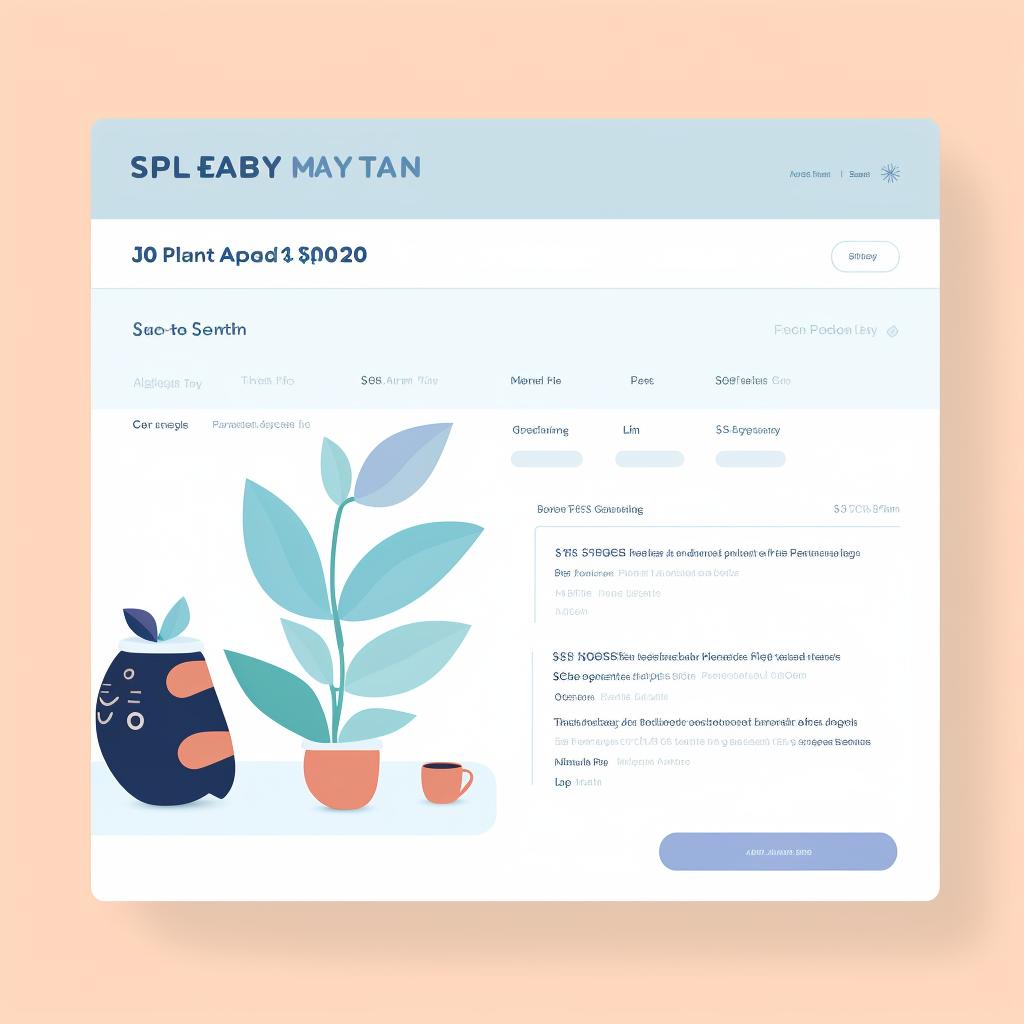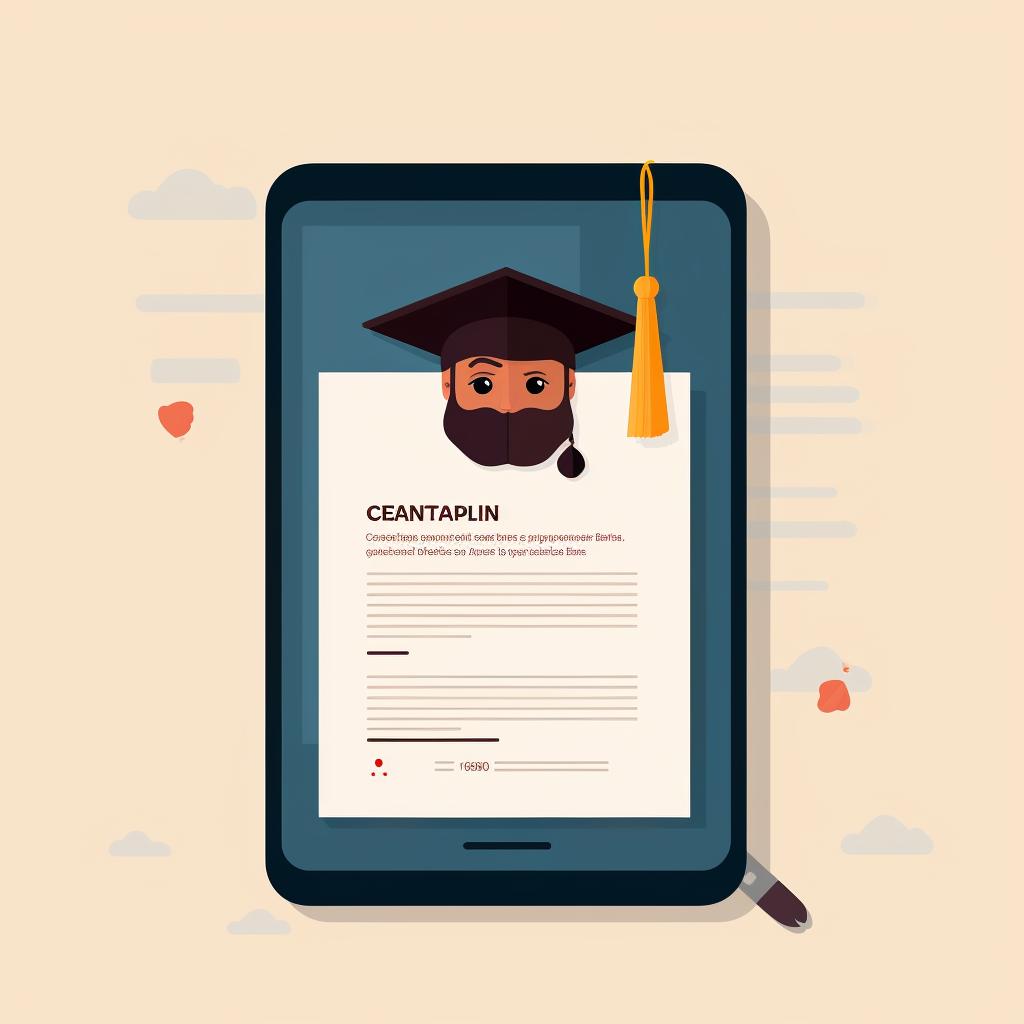Aiden Clark is a financial journalist who covers student loans and higher education costs. His investigative reporting uncovers hidden truths and provides students with valuable insights.
Applying for a student loan involves several steps, from understanding student loans to making informed student loan decisions and choosing the best student loan payment plan. Here's your guide to navigating the student loan application process successfully.
🎓💡Step 1: Got Questions About Student Loans? Let's Decode Them!
First, it's crucial to have a clear understanding of student loans. Student loans are funds borrowed to pay for higher education, and they must be repaid with interest. There are two main types: federal student loans and private student loans. Federal loans often have lower interest rates and more flexible repayment options, making them a better first choice for most students.
Comparison of Federal and Private Student Loans
📝 Step 2: How to Conquer the FAFSA Beast - A Guide
For federal student loans, the first step is to complete the Free Application for Federal Student Aid (FAFSA). The FAFSA determines your eligibility for financial aid, including grants, work-study funds, and loans. Fill it out as soon as possible after October 1st of the year before you plan to attend college.
After understanding the basics of student loans and deciding to apply for federal aid, it's important to be aware of the key dates in the FAFSA process. This timeline will guide you through the important milestones.
Once you've navigated the FAFSA process and submitted your application, the next step is to review the financial aid offer you receive from your chosen schools. Let's move on to that in the next section.
💰 Step 3: Making Sense of Your Financial Aid Offer - What Does It Really Mean?
After submitting your FAFSA, you'll receive a financial aid offer from each school you listed on the application. This offer details the grants, work-study funds, and loans you're eligible for at that school. Review each offer carefully to understand your potential costs and benefits. For more information on estimating your financial aid, you can use our FAFSA Financial Aid Estimator. If you need a step-by-step guide on applying for FAFSA aid, check out our Ultimate Guide to Applying for FAFSA Aid. To better understand your financial aid award letter, take our Understanding Your Financial Aid Award Letter quiz.
Understanding Student Loans and Financial Aid Offers
This quiz will test your understanding of the steps involved in applying for a student loan and understanding financial aid offers.
Learn more about 🎓 Test Your Knowledge: Understanding Student Loans and Financial Aid Offers or discover other Need Student Loan quizzes.
🏦 Step 4: Navigating the Private Student Loan Maze - Here's How
If federal aid isn't enough to cover your costs, you can consider private student loans. These are offered by banks, credit unions, and other lenders. Each lender sets its own terms and conditions, so it's important to shop around and compare options.
Before you commit to a private student loan, it's crucial to compare your options. Use the following checklist to help you make an informed decision:
After you've compared your options and chosen a private student loan, the next step is to understand and choose a suitable student loan payment plan.
💼 Step 5: How to Pick the Best Student Loan Payment Plan for You
Once you've secured your loans, you'll need to choose a student loan payment plan. Federal loans offer several options, including standard, graduated, and income-driven repayment plans. Your choice should depend on your financial situation and long-term goals.
Now that you've secured your loans, you might be wondering about the different types of repayment plans and how to choose the right one for you. Here are some frequently asked questions to help guide you:
Once you've chosen a payment plan, remember that you're not locked into it. If your financial situation changes, you can change your student loan payment plan. Let's look at how you can do that in the next section.
🔄 Step 6: Life Changed? So Can Your Student Loan Payment Plan!
Remember, you're not locked into your initial payment plan. If your financial situation changes, you can change your student loan payment plan. For federal loans, you can usually change your plan for free once a year.
If your financial circumstances have changed and you need to adjust your payment plan, here's a step-by-step guide on how to do it:
Learn more about 📚 A Step-by-Step Guide to Changing Your Federal Student Loan Payment Plan 🎓 or discover other Need Student Loan guides.
Changing your student loan payment plan can be a strategic move to better manage your finances. Remember, it's important to make informed decisions when it comes to your student loans.
Applying for and managing student loans can be complex, but with careful research and planning, you can make informed decisions that set you up for financial success.




















